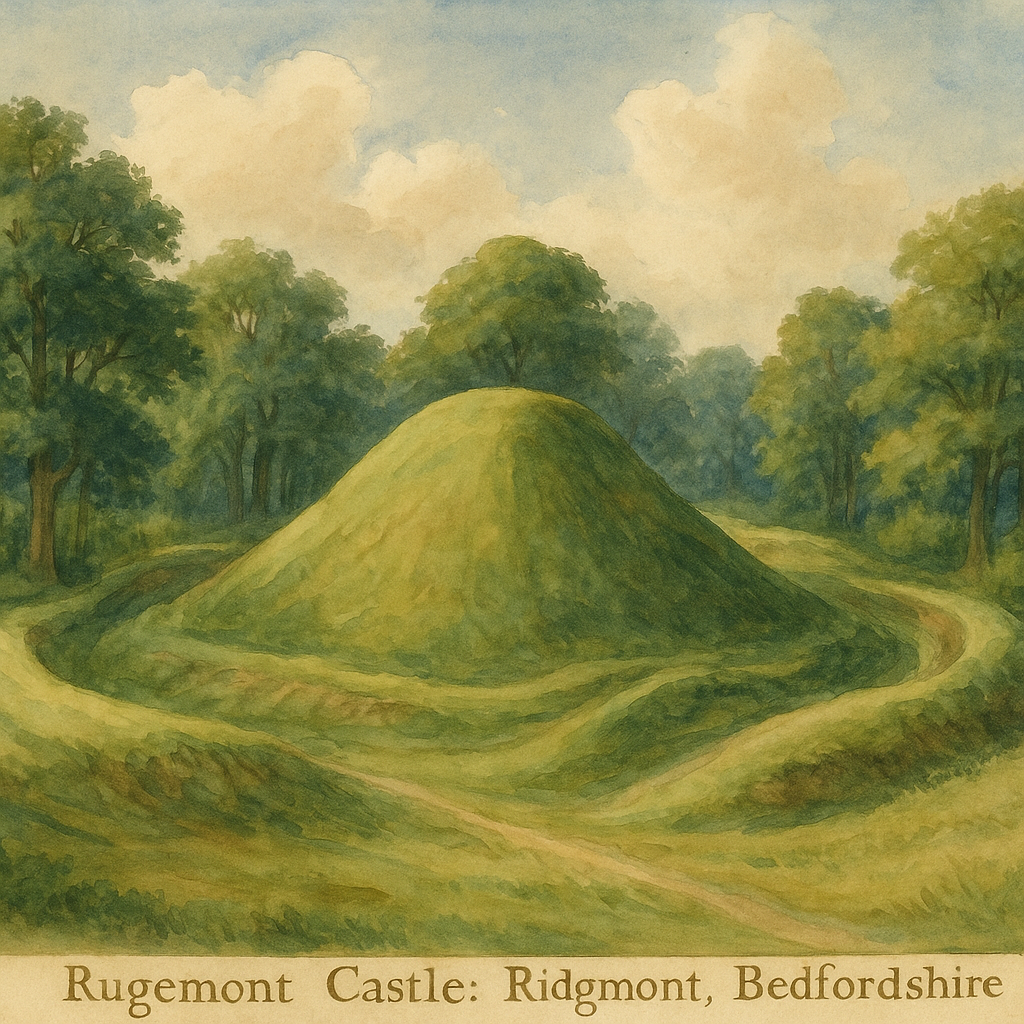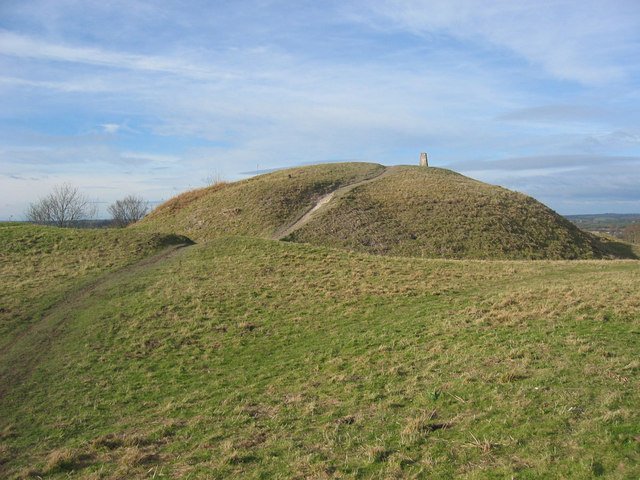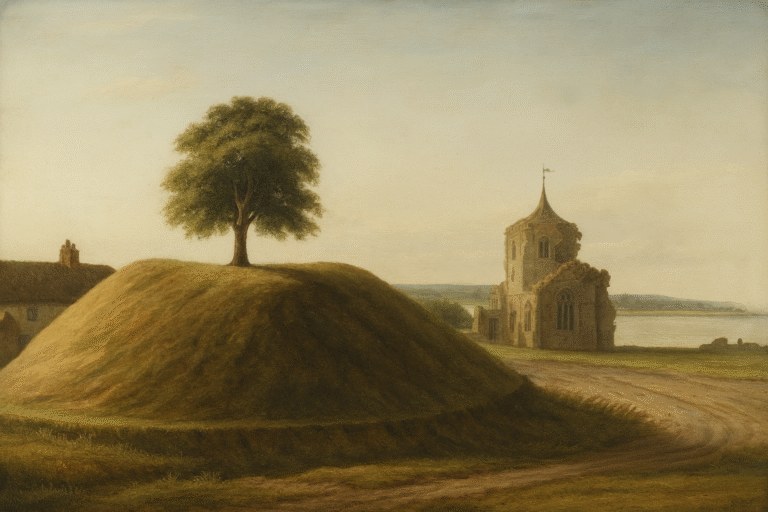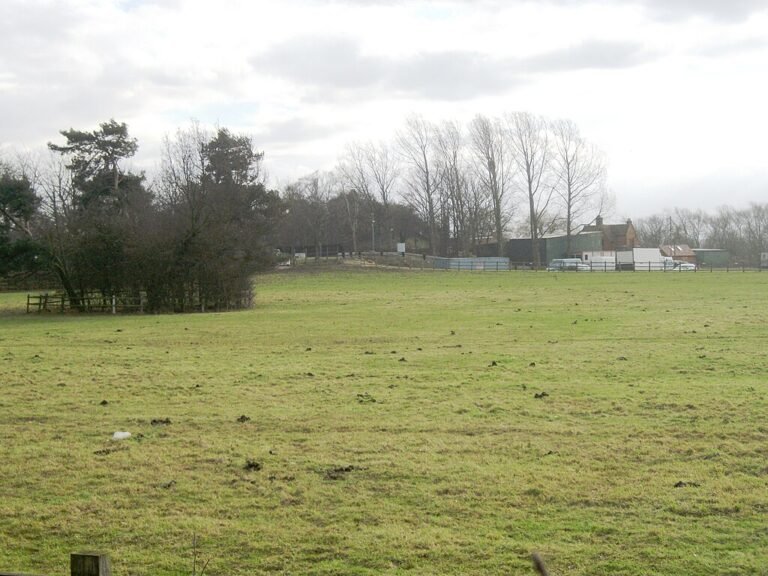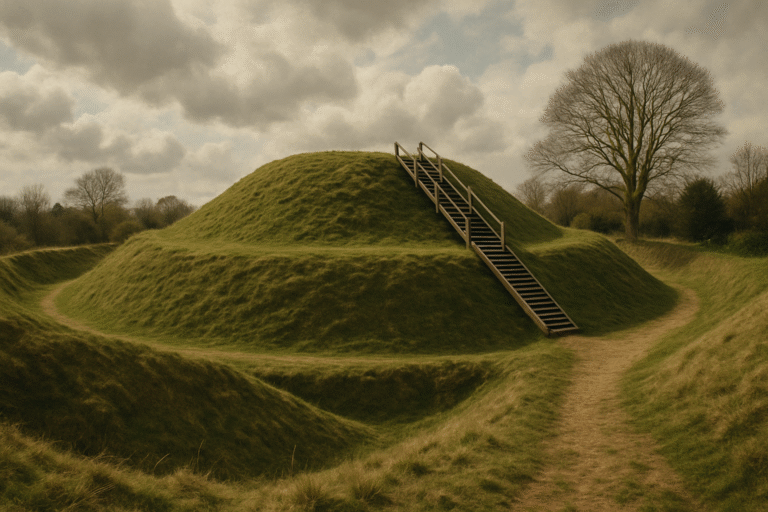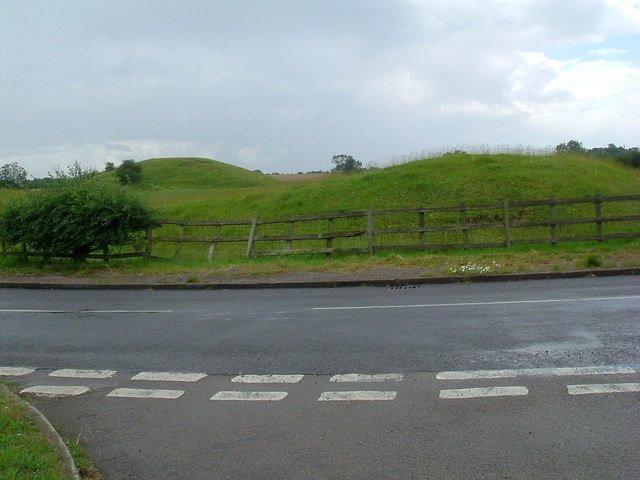Rugemont Castle: A Hidden Gem in Bedfordshire’s Historical Landscape
Rugemont Castle: When people think of dramatic UK castles, their minds often leap to the rugged Highlands of Scotland or the grand royal residences of England. But tucked away in the quiet village of Ridgmont, Bedfordshire, lies a lesser-known treasure that whispers stories of medieval power and post-Norman conquest intrigue: Rugemont Castle. Though its ruins are subtle, its legacy is far-reaching, offering a fascinating gateway into England’s feudal past and Bedfordshire’s evolving identity. Whether you’re a curious day-tripper, a family exploring heritage sites, or a solo history buff, Rugemont Castle invites a different kind of adventure – one grounded in discovery, imagination, and tranquil countryside charm.
A Brief History of Rugemont Castle
Rugemont Castle dates back to the 12th century and is believed to have been built by the de Grey family, one of the area’s most prominent noble lineages. It functioned primarily as a motte-and-bailey castle, a common Norman design featuring a raised earthwork (motte) and a fortified courtyard (bailey). Its position on the Greensand Ridge offered strategic surveillance over the surrounding terrain.
The castle likely served both defensive and administrative roles during the volatile post-Conquest period. Over the centuries, as peace took firmer hold, the castle fell into decline. By the late medieval era, Rugemont had been largely abandoned and dismantled, leaving behind earthworks and fragments of stone that hint at its former stature. Today, the site is part of a scheduled monument, protected for its archaeological importance.
Rugemont Castle: Facts & Figures
- Location: Ridgmont, Bedfordshire, England
- Castle Type: Motte-and-bailey
- Built: Circa 12th century
- Founders: Likely the de Grey family
- Current Condition: Ruins (earthworks and masonry)
- Access: Public footpath via the Greensand Ridge Walk
- Heritage Status: Scheduled Monument
While Rugemont doesn’t offer a towering stone keep or reconstructed interiors, it’s a treasure for those interested in early Norman architecture, English feudal history, and off-the-beaten-path heritage.
Exploring Rugemont Castle Today
Visiting Rugemont Castle is less about navigating ticket queues and more about stepping into nature. The remains are accessible via the Greensand Ridge Walk, a long-distance trail that cuts across Bedfordshire. The site itself consists of discernible earthworks: a central mound where the keep would have stood, and surrounding ditches and banks that once formed the bailey.
What to See and Do
- Motte and Bailey Earthworks: Walk around the clearly defined motte and imagine what life would’ve been like for Norman soldiers and tenants.
- Interpretive Boards: Local signage and online resources from the Bedfordshire Historical Record Society provide context.
- Photography: The raised vantage point offers panoramic countryside views ideal for moody landscape shots, particularly at sunrise or dusk.
- Wildlife Spotting: Expect birds, butterflies, and possibly deer in the nearby woods.
Though small in scale, the site is perfect for reflective, slow-paced travel. It’s also dog-friendly and rarely crowded—a welcome contrast to more commercialised heritage sites.
Practical Travel Tips
Getting There
- By Car: Rugemont Castle is located near the village of Ridgmont, with parking available at nearby trailheads or the Ridgmont Railway Station.
- By Train: Ridgmont is on the Marston Vale Line between Bedford and Bletchley. From the station, it’s a pleasant 20-minute walk to the site.
- By Foot/Bike: The Greensand Ridge Walk and Cycleway make Rugemont ideal for inclusion in a longer outdoor adventure.
Accessibility
- The trail to the castle is uneven and may be muddy in wet weather. Sturdy shoes are advised.
- Not suitable for wheelchairs or prams due to the natural terrain.
- No facilities on-site; nearest toilets and cafés are in Ridgmont or Centre Parcs Woburn Forest.
Best Time to Visit
- Spring/Summer: Ideal for walking, with wildflowers and longer daylight hours.
- Autumn: Vibrant foliage adds atmosphere to your photos and walk.
- Winter: Quiet and starkly beautiful, but dress warmly and check the ground conditions.
Sample Itineraries
1-Day Heritage Ramble (Ideal for Solo Travellers or Couples)
- Morning: Arrive in Ridgmont and grab a coffee at Ridgmont Station Heritage Centre.
- Midday: Walk to Rugemont Castle (20 minutes), explore the site, and enjoy a packed lunch on the motte.
- Afternoon: Continue on the Greensand Ridge Walk to Eversholt or Millbrook.
- Evening: Return to Ridgmont for dinner at a nearby pub (e.g., The Flying Horse).
2-Day Family Explorer Route
Day 1: Castle and Village
- Morning: Arrive in Ridgmont and visit the Heritage Centre.
- Late Morning: Head to Rugemont Castle with picnic in tow. Encourage kids to “knight” each other atop the motte.
- Afternoon: Return and visit the Forest Centre in nearby Marston Vale for family-friendly exhibits and nature trails.
Day 2: Woburn Wonders
- Morning: Spend the day at Woburn Safari Park (15-minute drive).
- Afternoon: Explore Woburn Abbey and Gardens.
- Evening: Stay overnight in Woburn or Ampthill.
Where to Eat & Stay Nearby
Eating Options
- Ridgmont Station Heritage Centre Tea Room: Quaint and budget-friendly.
- The Flying Horse, Clophill: Traditional pub with classic British fare.
- Frosts Garden Centre Café, Woburn Sands: Good for families with kids.
Accommodation
- The Woburn Hotel: Mid-range, ideal for couples and small families.
- Center Parcs Woburn Forest: Great for active families wanting a nature-filled weekend.
- Local B&Bs in Ampthill and Ridgmont: Quiet, personable options for solo or budget travellers.
Seasonal Highlights and Events
While Rugemont Castle itself doesn’t host events, the surrounding region is rich with seasonal activities:
- Spring: Bluebell walks in nearby Aspley Woods.
- Summer: Open-air concerts and food festivals in Woburn.
- Autumn: Heritage Open Days often include local talks or walking tours.
- Winter: Christmas markets in Ampthill and Woburn, perfect for festive shopping.
Castles, Countryside, and the Broader UK Connection
Rugemont may not command the grandeur of Edinburgh or Warwick, but it’s part of a broader and equally compelling story, the story of England’s Norman legacy and rural resilience. Many similar motte-and-bailey castles dot the UK, especially in places like Herefordshire, Shropshire, and Kent.
This type of heritage travel invites us to look closer at the land: the ridges, mounds, and pathways that shaped medieval society. It’s also part of a growing movement toward slow travel, exploring less-trafficked destinations at a gentler pace. Rugemont is the perfect stop on a countryside heritage road trip, or as a springboard for discovering nearby National Trust sites like Wrest Park or Houghton House.
Final Thoughts: Why Rugemont Castle Deserves Your Visit
Rugemont Castle is a reminder that not all castles need towers and moats to be memorable. Sometimes, all it takes is a grassy mound, a quiet walk, and a moment to imagine the world that once was. Whether you’re a local looking for a day out or a visitor eager to get off the tourist track, Rugemont delivers a peaceful yet enriching escape.
From its historical depth to its picturesque setting, Rugemont Castle is one of Bedfordshire’s best-kept secrets and perhaps one of England’s most overlooked medieval castles. Why not add it to your next countryside adventure?
FAQs Rugemont Castle
What is Rugemont Castle?
Rugemont Castle is the site of a ruined medieval earthwork castle, most commonly known as a motte-and-bailey. It consists of a large, grass-covered mound (the motte) and a lower, enclosed area (the bailey). The castle’s timber and stone structures are long gone, leaving only the substantial earthworks as a testament to its past.
Where is it located?
The castle ruins are located near the village of Ridgmont in Bedfordshire, England. The site is situated on a hill, providing a commanding view over the surrounding landscape.
What is its historical significance?
The castle was likely built in the 12th century, during the turbulent period of civil war in England known as The Anarchy. It was a strategic stronghold, possibly constructed by the d’Albini family, who were prominent local landowners. The castle played a role in the conflicts of the time, before eventually being abandoned.
What can I expect to see when I visit?
When visiting, you will see a prominent motte, which is a large mound of earth with a flattened top. The remains of the bailey and the surrounding ditches are also visible. The site is a peaceful rural spot, and its well-defined earthworks offer a clear sense of the castle’s original layout and scale.
Is the site open to the public?
Rugemont Castle is a scheduled ancient monument, and the site is generally accessible to the public. It is located on private land, but a public footpath allows visitors to walk around the perimeter of the earthworks.
Location Rugemont Castle
** The header illustration is AI-generated for artistic and educational purposes only. It is intended to represent the earthwork remains of Rugemont Castle in Ridgmont, Bedfordshire, but may not accurately depict the site’s current appearance.
